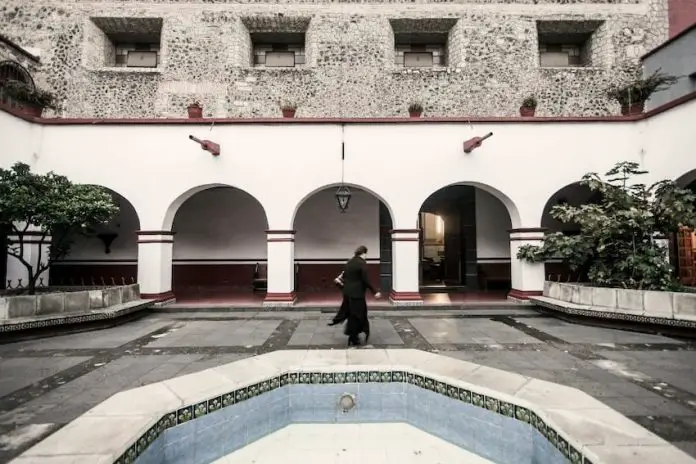Newsflash! Mexico City is so much more than Roma, Condesa and the Historic Center. While these neighborhoods are indeed captivating, they don’t even scratch the surface of CDMX’s breadth of personality. There are a minimum of 1,806 more neighborhoods in the capital, some of whose development can be traced far beyond even the Mexica, and plenty are worth exploring. It’s time to break out of the comfort zone of Avenida Masaryk and Calle Orizaba and experience Mexico City as it should be appreciated: with no gringos.
Put on your walking shoes and discover a handful of Mexico City’s often-overlooked nooks and crannies, starting with six of my favorites that you may have never heard of.
Escandón, Miguel Hidalgo
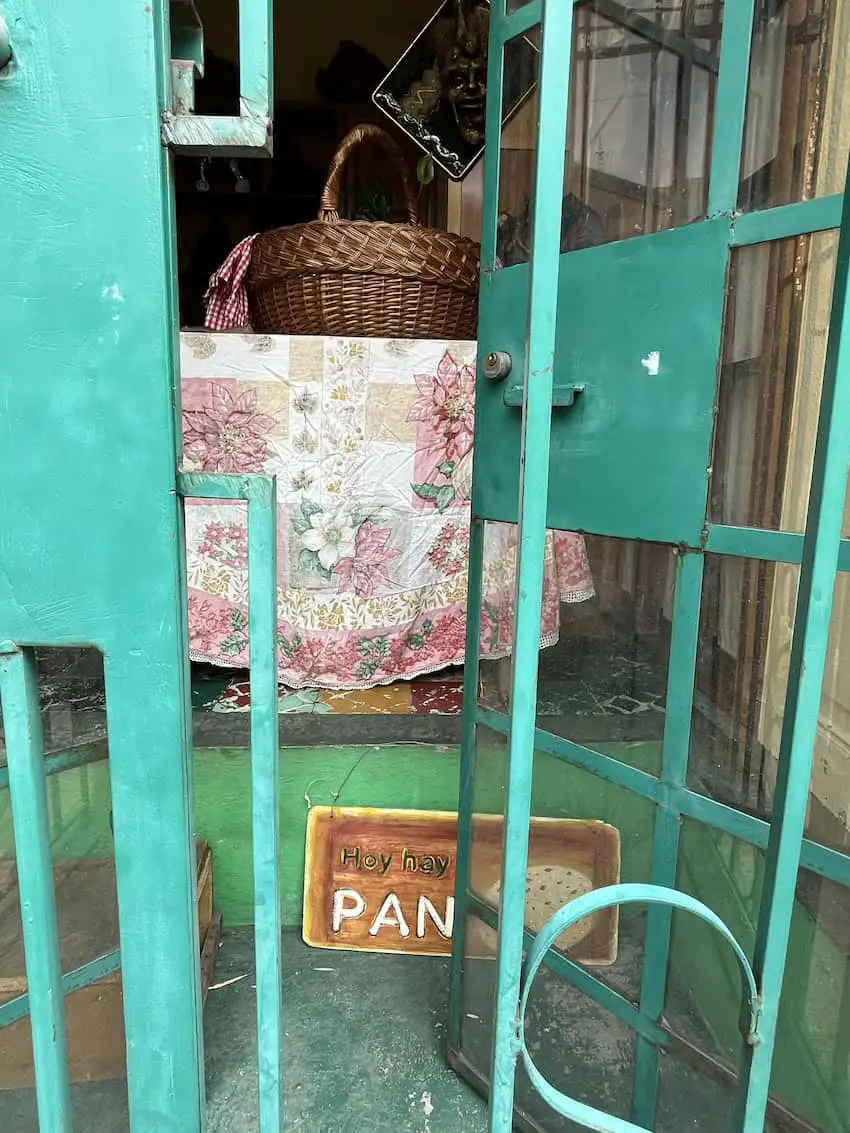
Named after the wealthy family who bought the land during the Porfirio era, the Escandón neighborhood is broken into Section I and Section II. My suggestion is that you visit Section I, specifically Calle José María Vigil which is a world of its own. If you take some time to linger over an organic juice at Lavandula Café, you’ll see that everyone on the block knows each other.
Across the street is a breathtaking yellow and green house that upon further inspection is actually a bakery given away only by a small, rickety sign swaying in the wind, donning the acronym PAN in faded letters. Pop over to Section II for a nightcap at the 80-plus-year-old Pulquería La Pirata.
What and where to eat: An honest-to-god salad at Lavandula Café.
Nueva Santa María, Azcapotzalco

If Santa María la Ribera and San Miguel Chapultepec were to join forces and start a family, the offspring would be La Santa María. The neighborhood is centered around Parque Revolución, a vibrant urban lung where you’ll find an outdoor market on the weekends.
The residential streets that extend from the park are named after plants and flowers and home to families, young couples and affectionate grandparents. Bike beneath the chirping birds through its canopied streets, especially Nueces and Platanales, perhaps stopping for a coffee or a taco en route.
What and where to eat: A to-go vegan tamale from Corazón de Tamal to eat in the park.
San Pedro de los Pinos, Benito Juárez
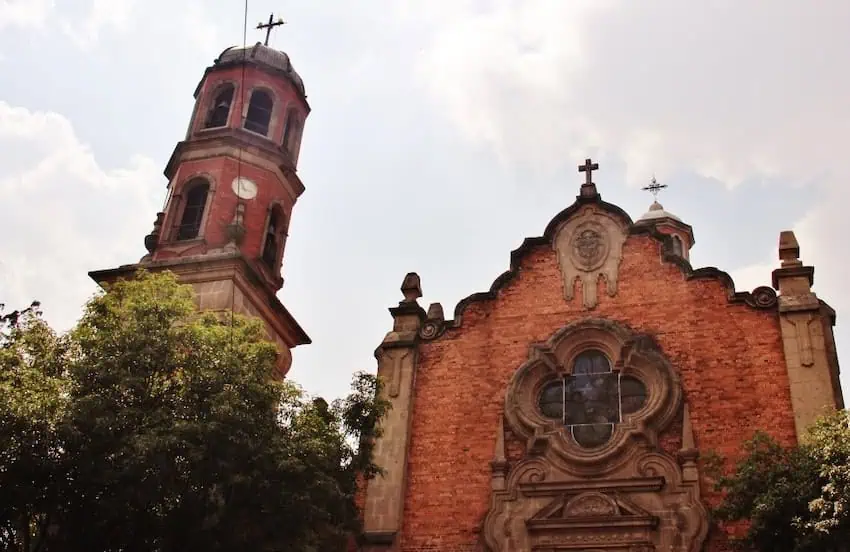
I didn’t even know this adorable little gem existed until an acquaintance moved there. I biked the 30 minutes from the Angel of Independence on Reforma and was immediately taken by the multicolored architecture and the extremely chill vibe. There’s a beautiful church just off the main square and a massive, bustling market dedicated almost exclusively to seafood.
If hanging at the park after some Sinaloa-style tacos gobernador doesn’t appeal to you, knock back a tipple instead at Cantina La Reata de Oro. Before you do, don’t miss your chance to marvel at the spectacular Escuela Secundaria Tomás Garrigue Masaryk, a former convent turned all-girls high school in 1930.
What and where to eat: Mercado San Pedro de Los Pinos for fresh fish tacos.
Mixcoac, Benito Juárez
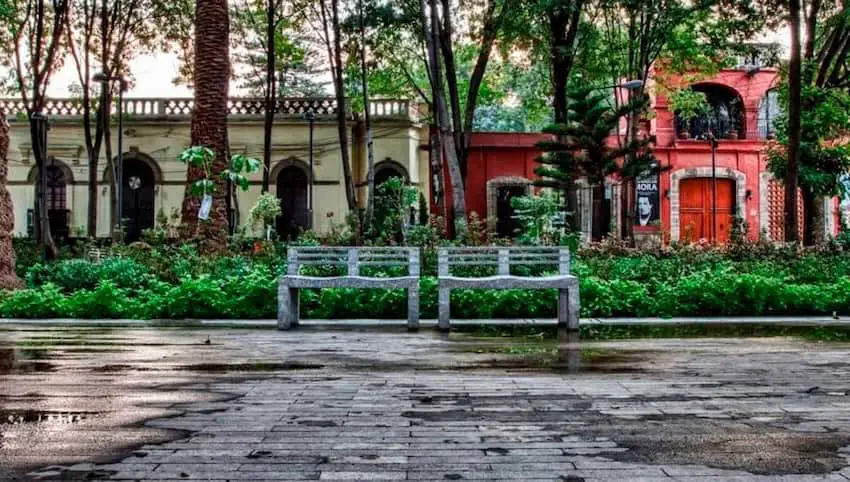
Nestled next to San Pedro de los Pinos lies a pre-Mexica agricultural center once known for its fertile land and access to water. Years later, Mixcoac became a military and trade hub for the conquistadors, eventually eaten up by the urban sprawl of Mexico City.
Today, parts of it still retain hints of days past, with cobblestone streets and historic buildings dotting the landscape, kike the Parroquia de Santo Domingo de Guzmán, built in 1595. Relax in its well-preserved Gómez Farías Plaza and definitely do not miss a pop into the gloriously discrete San Juan Bautista church.
What and where to eat: A famous gordita at Taquería Hermanos Luna, or maybe take it to go to enjoy in Parque Hundido.
Chimalistac, Álvaro Obregon
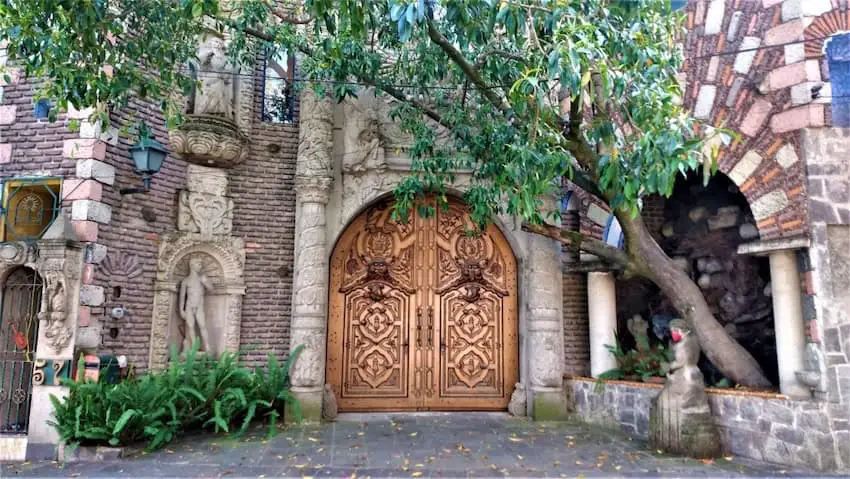
One will never truly understand the many sides of Mexico City until stepping foot into the fairy tale that is Chimalistac in the borough of Álvaro Obregón. Historians believe the Tepanecs lived here as far back as the 1330s until they were overthrown by Mexica in 1430. When the Spanish invaded the city, they established orchards and farms that thrived in Chimalistac’s lush environment.
Walk around its uneven cobblestone streets, below towering trees and over stone bridges that once sat atop tributaries of the Río Magdalena, Mexico City’s last living river. Pop into the tiny Cámara del Secreto chapel, built in 1626, and check out Carlos Slim’s Mexican History Museum.
What and where to eat: Whatever you want in Coyoacán or San Ángel. There’s nothing here but houses, churches, flourishing flora and a large trickling fountain.
Popotla, Miguel Hidalgo
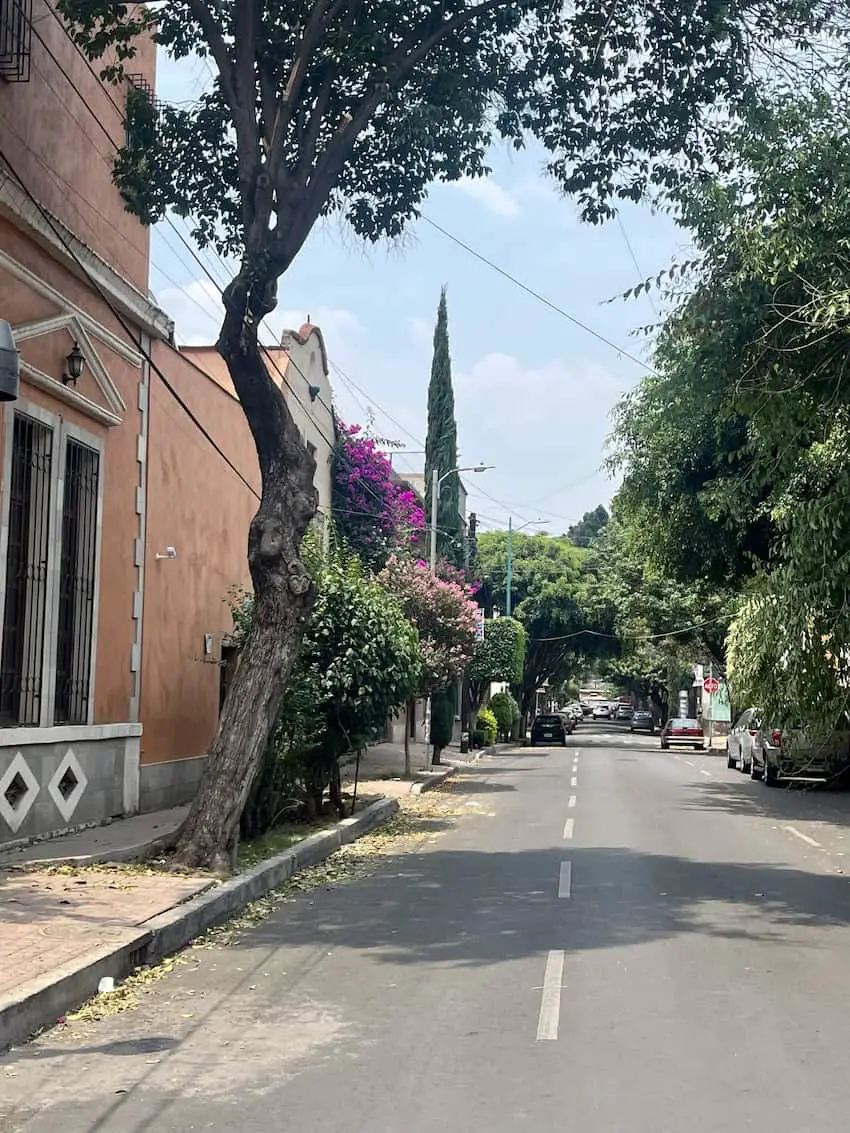
When Popotla popped on my radar through a guided tour, I was instantly smitten. It’s a small town in a big city, with stout, colorful houses adjacent to elegant Porfiriato-era mansions. Aside from the sprawling former Military Academy and Casa Cañitas, Mexico’s most haunted house, Popotla is best known for the remains of the Tree of the Night of Sorrows — officially renamed the Tree of the Victorious night in 2021.
It was under this tree that Hernán Cortés rested and, according to legend, wept, after being run out of Tenochtitlán by the Mexica in June 1520. An enormous cypress that lived until the 1980s, the tree is the symbol for the Popotla metro station. Of all the spots on this list, Popotla is the one that is most likely to deliver the “no gringo” experience you’ve been looking for in Mexico City.
What and where to eat: A quesadilla at Tortillería la Reyna, a nondescript corner locale famously immortalized in watercolor by Bolivian artist Ricardo Pérez Alcalá.
Bethany Platanella is a travel planner and lifestyle writer based in Mexico City. She lives for the dopamine hit that comes directly after booking a plane ticket, exploring local markets, practicing yoga and munching on fresh tortillas. Sign up to receive her Sunday Love Letters to your inbox, peruse her blog, or follow her on Instagram.
